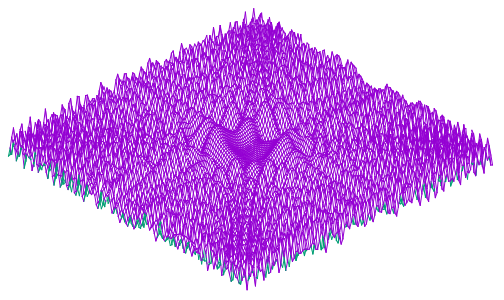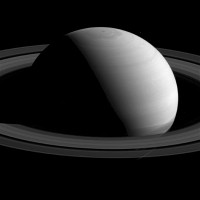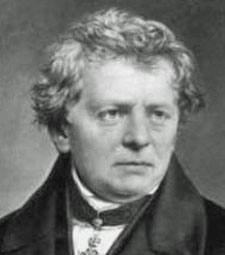Researchers discovered a celestial body heavy brown dwarf, “SDSS J 0104 + 1535”, which is about 750 light years away from the earth.
If the brown dwarf is a celestial body larger than the planet, it could not cause nuclear fusion by light hydrogen. A new observation by the VLT at the European Southern Observatory in Chile revealed details of this object.
If SDSS J0104 + 1535 is predicted to be 10 billion years old, its mass is about 90 times that of Jupiter. However, the sun has a mass that is 1050 times that of Jupiter. SDSS J 0104 + 1535 is much lighter so it could not continue nuclear fusion.
Also, the constituent materials excluding hydrogen and helium is only 0.01%. This also makes it clear that SDSS J 0104 + 1535 is the most “pure” brown dwarf.
Zeng Hua Zhang, who is the Association of Astronomical Physics of the Canary Islands said, surprisingly commented that he discovered such pure brown dwarf. We may also find such a very heavy brown dwarf in near future.






